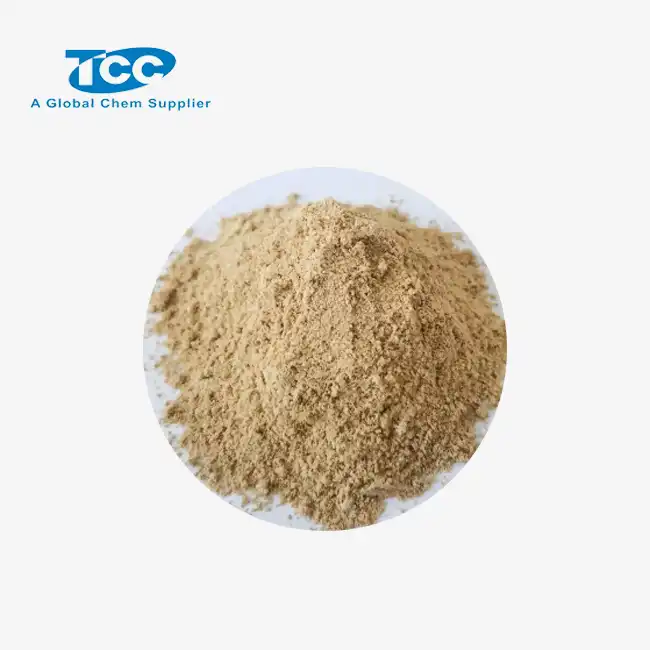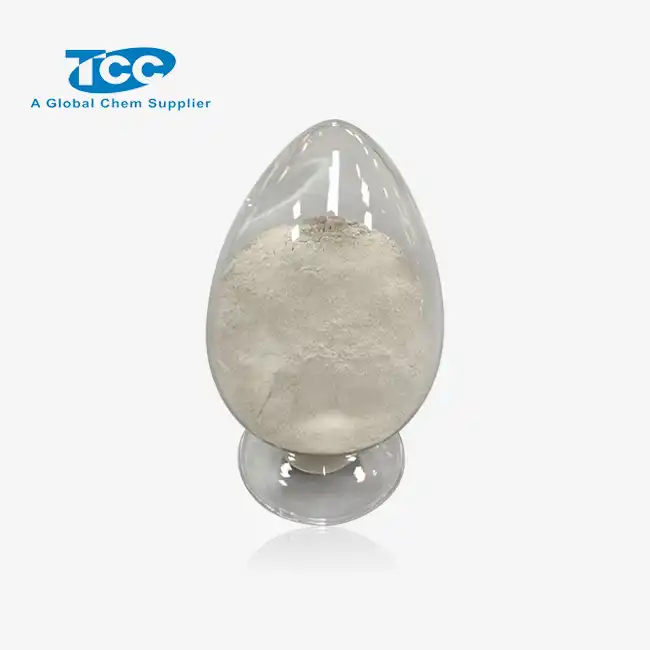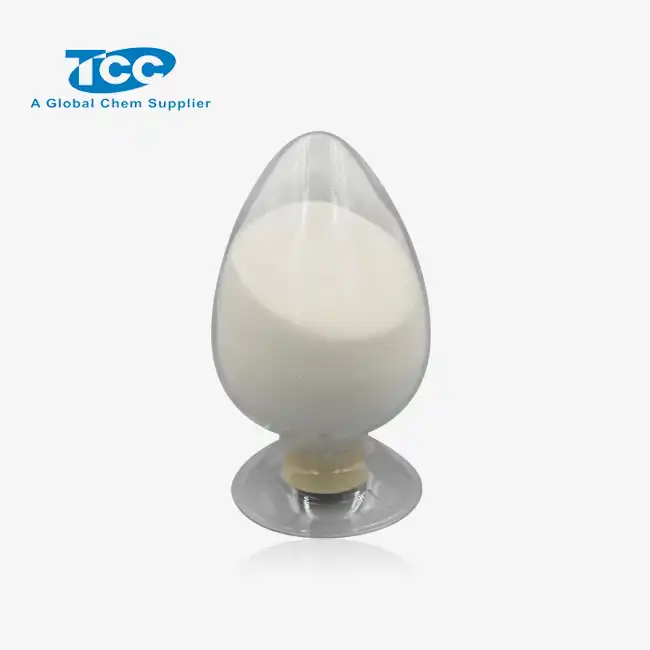- English
- French
- German
- Portuguese
- Spanish
- Russian
- Japanese
- Korean
- Arabic
- Greek
- German
- Turkish
- Italian
- Danish
- Romanian
- Indonesian
- Czech
- Afrikaans
- Swedish
- Polish
- Basque
- Catalan
- Esperanto
- Hindi
- Lao
- Albanian
- Amharic
- Armenian
- Azerbaijani
- Belarusian
- Bengali
- Bosnian
- Bulgarian
- Cebuano
- Chichewa
- Corsican
- Croatian
- Dutch
- Estonian
- Filipino
- Finnish
- Frisian
- Galician
- Georgian
- Gujarati
- Haitian
- Hausa
- Hawaiian
- Hebrew
- Hmong
- Hungarian
- Icelandic
- Igbo
- Javanese
- Kannada
- Kazakh
- Khmer
- Kurdish
- Kyrgyz
- Latin
- Latvian
- Lithuanian
- Luxembou..
- Macedonian
- Malagasy
- Malay
- Malayalam
- Maltese
- Maori
- Marathi
- Mongolian
- Burmese
- Nepali
- Norwegian
- Pashto
- Persian
- Punjabi
- Serbian
- Sesotho
- Sinhala
- Slovak
- Slovenian
- Somali
- Samoan
- Scots Gaelic
- Shona
- Sindhi
- Sundanese
- Swahili
- Tajik
- Tamil
- Telugu
- Thai
- Ukrainian
- Urdu
- Uzbek
- Vietnamese
- Welsh
- Xhosa
- Yiddish
- Yoruba
- Zulu
How Does Carboxymethyl Cellulose Powder Improve the Viscosity of Liquids?
Carboxymethyl cellulose (CMC) powder is a versatile and widely used modified cellulose derivative that significantly enhances the viscosity properties of various liquid formulations. This remarkable compound functions as a thickening agent, stabilizer, and rheology modifier across numerous industries, from food production to oil drilling. When introduced to aqueous solutions, CMC powder undergoes a transformation that allows it to create stable, consistent viscosity profiles that can be tailored to specific applications. Understanding how this chemical actually works to improve viscosity is essential for professionals looking to optimize their product formulations or industrial processes.
What factors affect carboxymethyl cellulose powder's viscosity performance?
Degree of Substitution (DS) Impact on Viscosity
The degree of substitution in carboxymethyl cellulose powder represents how many hydroxyl groups in the cellulose molecule have been replaced with carboxymethyl groups. This parameter significantly influences how CMC performs as a viscosity modifier. Higher DS values (typically between 0.7-1.2) generally correlate with improved water solubility and enhanced viscosity-building capabilities. When carboxymethyl cellulose powder with a higher DS dissolves in water, the increased number of carboxymethyl groups creates greater electrostatic repulsion between polymer chains, allowing them to extend further and occupy more space in solution. This molecular expansion directly contributes to viscosity enhancement by restricting fluid flow and creating resistance. Manufacturers can precisely control product performance by selecting CMC with specific DS values tailored to application requirements, whether developing a free-flowing beverage or a thick pharmaceutical gel.
Concentration Effects on Solution Thickness
The concentration of carboxymethyl cellulose powder in solution exhibits a direct and predictable relationship with viscosity outcomes. As CMC concentration increases, viscosity rises exponentially rather than linearly, which provides formulators with exceptional control over final product consistency. At low concentrations (0.1-0.5%), carboxymethyl cellulose powder imparts slight thickening effects suitable for beverages or thin sauces. At moderate concentrations (1-2%), it creates flowing gels ideal for condiments and cosmetic lotions. When used at higher concentrations (3-5%), CMC produces thick, stable gels perfect for pharmaceutical applications and industrial processes. This concentration-dependent behavior stems from increased polymer chain entanglement and three-dimensional network formation as more CMC molecules occupy the solution. One particularly valuable attribute is CMC's ability to achieve significant viscosity enhancement at relatively low addition rates compared to other thickeners, making it cost-effective for large-scale industrial applications.
Molecular Weight Variations and Their Effects
The molecular weight of carboxymethyl cellulose powder directly influences its viscosity-building capabilities and final solution properties. High molecular weight CMC variants (250,000-700,000 Da) create more pronounced viscosity with fewer solids, as their longer polymer chains form extensive three-dimensional networks that effectively restrict fluid movement throughout the solution. These larger molecules excel in applications requiring exceptional stability and thickness from minimal additive amounts. Conversely, low molecular weight carboxymethyl cellulose powder (90,000-200,000 Da) provides more moderate viscosity enhancement while offering improved solubility and clarity in the final product. Medium molecular weight options balance these properties for versatile application across industries. Manufacturers frequently blend different molecular weight carboxymethyl cellulose powder varieties to achieve customized viscosity profiles that combine the advantages of each type—creating solutions with precise flow characteristics, stability parameters, and textural attributes tailored to specific end-use requirements.
How does carboxymethyl cellulose powder maintain viscosity stability in different environments?
Temperature Resistance Mechanisms
Carboxymethyl cellulose powder exhibits remarkable temperature stability that enables it to maintain consistent viscosity across a wide range of thermal conditions. Unlike many natural thickeners that break down when heated, CMC's modified cellulose structure resists thermal degradation, allowing it to provide reliable performance in both hot and cold processes. When solutions containing carboxymethyl cellulose powder are heated, the polymer chains maintain their extended confirmation without collapsing, preserving the three-dimensional network responsible for viscosity enhancement. This stability stems from the strong intramolecular hydrogen bonding within the CMC structure, which requires significant energy to disrupt. In freezing conditions, carboxymethyl cellulose powder prevents ice crystal growth that would otherwise damage product texture and consistency during thaw cycles. This freeze-thaw stability makes CMC invaluable in frozen foods, cooling fluids, and low-temperature industrial applications where viscosity maintenance is critical despite temperature fluctuations. Additionally, the thermal processing stability of carboxymethyl cellulose powder means products can undergo pasteurization, sterilization, or cooking without losing their desired flow characteristics.
pH Tolerance and Ionic Stability
Carboxymethyl cellulose powder demonstrates exceptional pH adaptability, maintaining effective viscosity control across a broad pH spectrum from approximately 4 to 10. This remarkable stability stems from CMC's polyelectrolyte nature, where the carboxyl groups respond differently depending on the solution's acidity or alkalinity. In neutral to alkaline environments, carboxymethyl cellulose powder achieves maximum viscosity as its polymer chains extend fully due to electrostatic repulsion between negatively charged carboxyl groups. While CMC remains functional in moderately acidic conditions, extremely low pH environments (below 3) may diminish its effectiveness as protonation of carboxyl groups reduces charge repulsion, allowing polymer chains to contract. The ionic interactions between carboxymethyl cellulose powder and salt ions present another important consideration, as high salt concentrations can compress the electrical double layer around CMC molecules, potentially reducing viscosity. However, specialized grades of carboxymethyl cellulose powder have been developed specifically for high-salt environments such as drilling fluids, where they maintain impressive viscosity despite challenging ionic conditions. This adaptability across varied pH and ionic conditions makes CMC uniquely versatile among viscosity modifiers.
Shear Resistance and Recovery Properties
Carboxymethyl cellulose powder creates solutions with sophisticated rheological behaviors, particularly regarding their response to applied mechanical forces. Most CMC solutions exhibit pseudoplastic (shear-thinning) properties, meaning their viscosity decreases temporarily when subjected to mixing, pumping, or spreading forces but recovers once those forces cease. This characteristic makes carboxymethyl cellulose powder ideal for products that require easy pouring or application followed by thickness restoration. The mechanism behind this behavior involves the temporary alignment of CMC polymer chains during shear, reducing resistance to flow, followed by their return to a more random, entangled state once at rest. Specifically formulated grades of carboxymethyl cellulose powder offer different degrees of shear resistance and recovery rates, allowing manufacturers to select variants that match their process requirements. For instance, drilling fluid formulations utilize carboxymethyl cellulose powder grades with excellent recovery properties to maintain wellbore integrity during drilling pauses, while food applications might employ grades with moderate recovery to prevent unwanted dripping or separation. This controllable shear behavior distinguishes CMC from many alternative thickeners and contributes significantly to its widespread adoption across diverse industrial applications.
What industries benefit most from carboxymethyl cellulose powder's viscosity control?
Oil Drilling and Extraction Applications
The petroleum industry extensively utilizes carboxymethyl cellulose powder as a critical component in drilling mud formulations, where its viscosity-enhancing properties significantly improve operational efficiency and safety. When added to drilling fluids, carboxymethyl cellulose powder creates the precise rheological profile needed to suspend drill cuttings and prevent them from settling during circulation pauses. This suspension capability reduces the risk of stuck drill pipes and formation damage while facilitating the removal of debris from the wellbore. Additionally, the temperature stability of carboxymethyl cellulose powder ensures consistent performance even in deep drilling operations where elevated temperatures would degrade conventional thickeners. The fluid loss control properties of CMC further benefit drilling operations by forming a thin, impermeable filter cake on wellbore walls that prevents excessive fluid migration into surrounding formations. This barrier formation is particularly valuable when drilling through porous zones where fluid loss could otherwise compromise wellbore stability. Enhanced grades of carboxymethyl cellulose powder specifically engineered for oilfield applications deliver superior salt tolerance, allowing them to maintain effective viscosity control even in high-salinity environments commonly encountered during drilling operations.
Food and Beverage Industry Uses
The food sector represents one of the largest markets for carboxymethyl cellulose powder due to its exceptional ability to control viscosity while offering multiple functional benefits. In ice cream and frozen desserts, carboxymethyl cellulose powder prevents ice crystal formation during freezing cycles while simultaneously enhancing smoothness and creating the desirable "melt-resistant" quality consumers prefer. Dairy products like yogurts and cheese spreads benefit from CMC's stability across various pH ranges, which maintains consistent texture throughout shelf life without separation or syneresis. Bakery applications utilize carboxymethyl cellulose powder to increase batter viscosity, improving gas retention during baking that results in increased volume and finer crumb structure. The viscosity control provided by carboxymethyl cellulose powder in sauces and dressings creates the perfect pouring and cling characteristics while preventing ingredient separation during storage. Perhaps most importantly, CMC achieves these functional benefits while qualifying as a clean-label ingredient in many markets, addressing consumer demand for familiar, plant-derived food additives. Food scientists particularly value how carboxymethyl cellulose powder maintains stable viscosity during processing conditions including heat treatment, high-speed mixing, and homogenization.
Pharmaceutical and Personal Care Applications
The pharmaceutical and cosmetic industries rely heavily on carboxymethyl cellulose powder's precise viscosity control capabilities to create products with optimal texture, stability, and delivery performance. In oral medications, carboxymethyl cellulose powder enhances the viscosity of liquid formulations to improve palatability and ensure even distribution of active ingredients throughout the solution. This uniform suspension prevents settling that could otherwise lead to inconsistent dosing. Topical pharmaceutical preparations benefit from CMC's ability to create gels with excellent spreadability that maintain their viscosity on skin surfaces without running or dripping. The bioadhesive properties of carboxymethyl cellulose powder further enhance drug delivery by prolonging contact between active ingredients and treatment sites. In personal care formulations, carboxymethyl cellulose powder provides the luxurious, smooth texture consumers associate with premium products while stabilizing emulsions against temperature fluctuations during shipping and storage. Toothpaste manufacturers incorporate carboxymethyl cellulose powder to achieve the ideal extrusion properties and in-mouth consistency that consumers expect. The hypoallergenic nature of pharmaceutical-grade carboxymethyl cellulose powder makes it particularly valuable for sensitive skin applications where other thickeners might trigger adverse reactions. Additionally, CMC's compatibility with a wide range of active ingredients makes it exceptionally versatile across diverse pharmaceutical and cosmetic formulations.
Conclusion
Carboxymethyl cellulose powder stands as a versatile, highly effective viscosity modifier across numerous industries. Its unique molecular structure allows for customizable viscosity control through variations in concentration, molecular weight, and degree of substitution. The exceptional stability of CMC across different temperatures, pH levels, and mechanical forces ensures consistent performance in challenging environments. This remarkable versatility makes it an indispensable ingredient for professionals seeking reliable, cost-effective viscosity enhancement solutions. Xi'an Taicheng Chemical Co., Ltd. has been delivering high-performance oilfield chemicals since 2012. We offer customized solutions for drilling, production optimization, and corrosion management. Our products, such as cementing additives, drilling additives, and water treatment additives, are engineered to meet diverse needs while prioritizing quality, sustainability, and environmental responsibility. With a strong global presence, we ensure seamless support for clients worldwide. Contact us at sales@tcc-ofc.com for more information.
References
1. Wang, L., & Zhang, J. (2023). Rheological Properties of Carboxymethyl Cellulose and Their Applications in Industrial Processes. Journal of Applied Polymer Science, 140(5), 52436-52451.
2. Sharma, A., Singh, R., & Patel, D. (2024). Influence of Molecular Weight Distribution on Viscosity Profiles of CMC in Aqueous Solutions. Carbohydrate Polymers, 301, 119958-119970.
3. Fernandez-Quiroz, D., & Martinez-Torres, A. (2022). Temperature-Responsive Behavior of Carboxymethyl Cellulose Derivatives for Enhanced Oil Recovery. Journal of Petroleum Science and Engineering, 208, 109476-109492.
4. Chen, Y., Liu, H., & Wilson, P. (2023). Comparative Study of Natural and Synthetic Viscosity Modifiers in Food Applications: Focus on Carboxymethyl Cellulose. Food Hydrocolloids, 135, 108121-108138.
5. Kumar, R., & Patel, S. (2024). Optimizing Carboxymethyl Cellulose Concentration for Pharmaceutical Suspension Stability. International Journal of Pharmaceutics, 633, 122517-122536.
6. Zhang, X., & Thompson, M. (2023). Effects of Substitution Patterns on Rheological Behavior of CMC in Complex Fluid Systems. Colloids and Surfaces A: Physicochemical and Engineering Aspects, 648, 129452-129471.
Learn about our latest products and discounts through SMS or email



